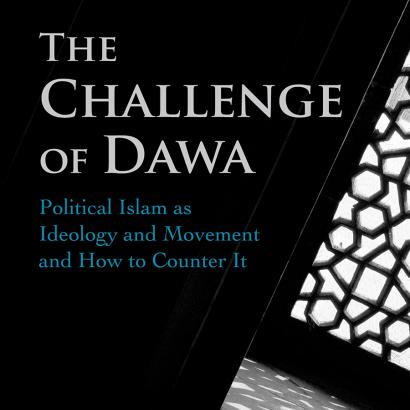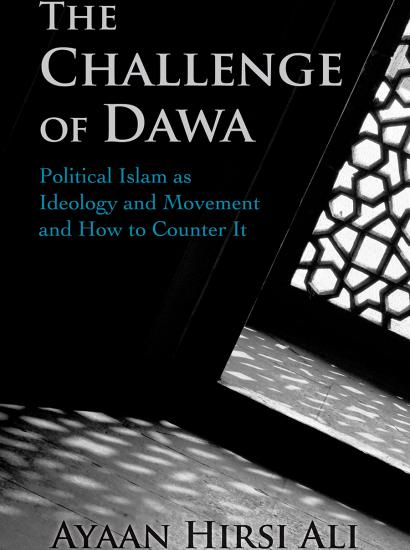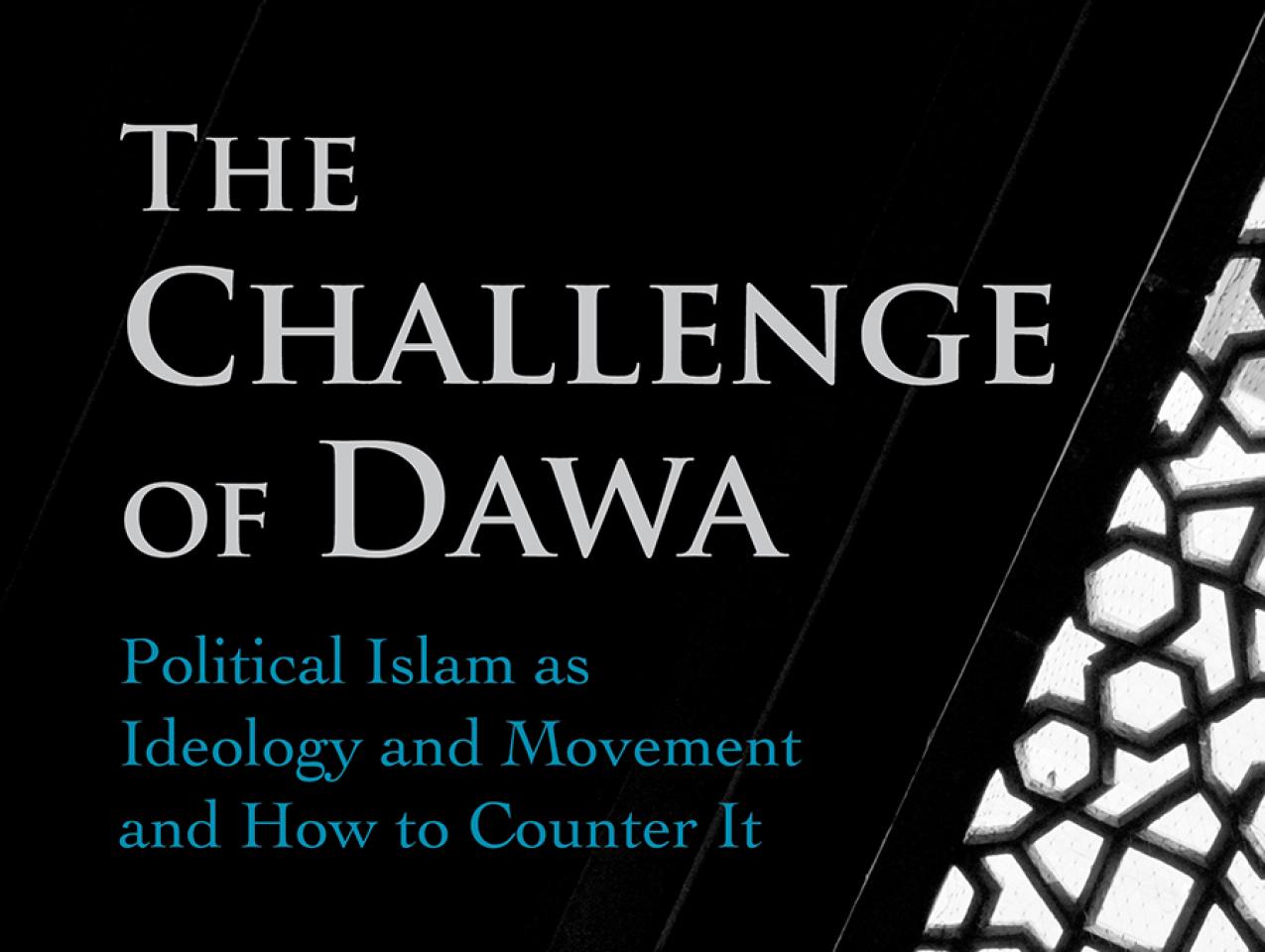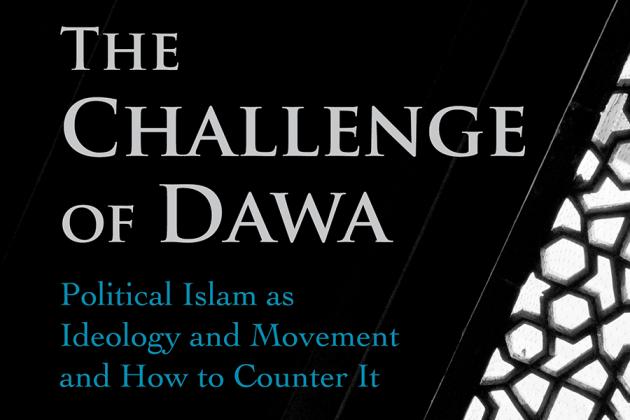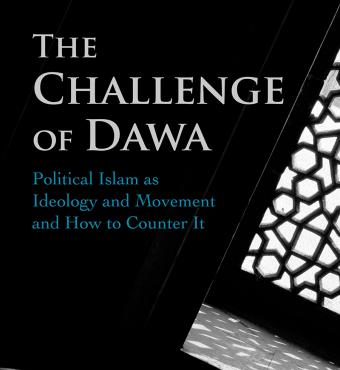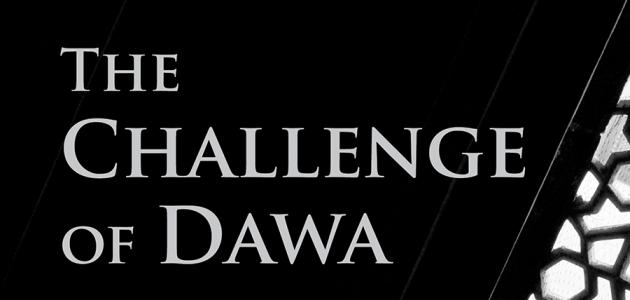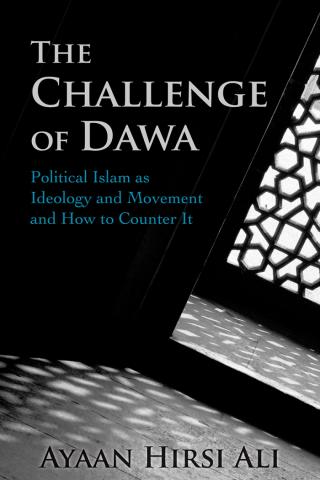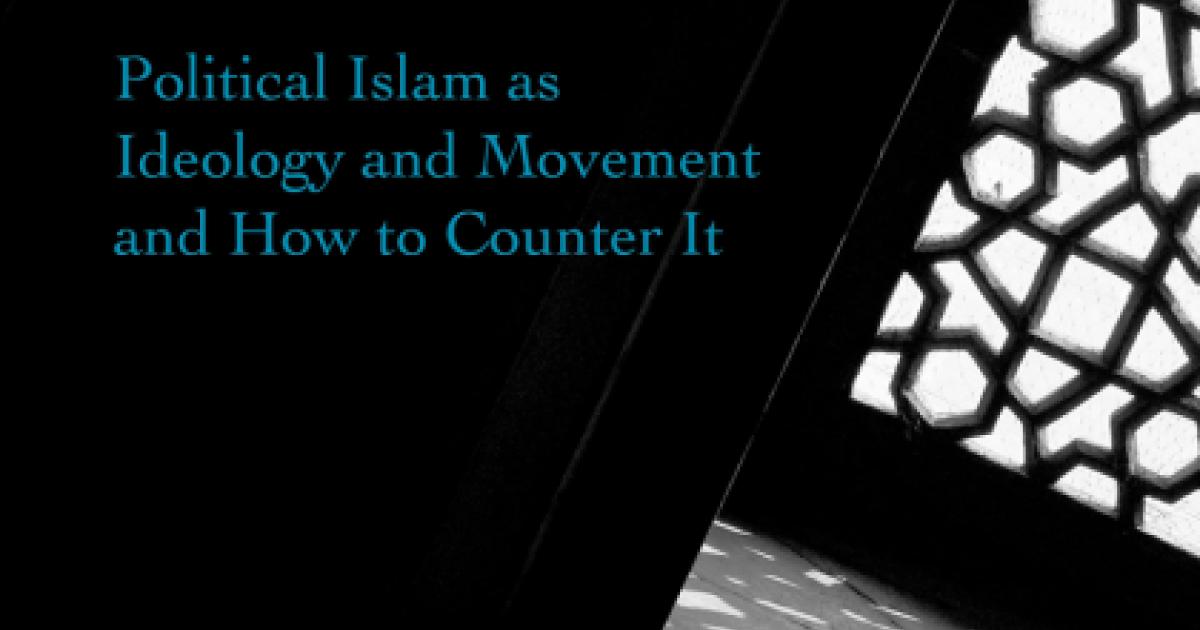- International Affairs
- US Foreign Policy
- Security & Defense
- Terrorism
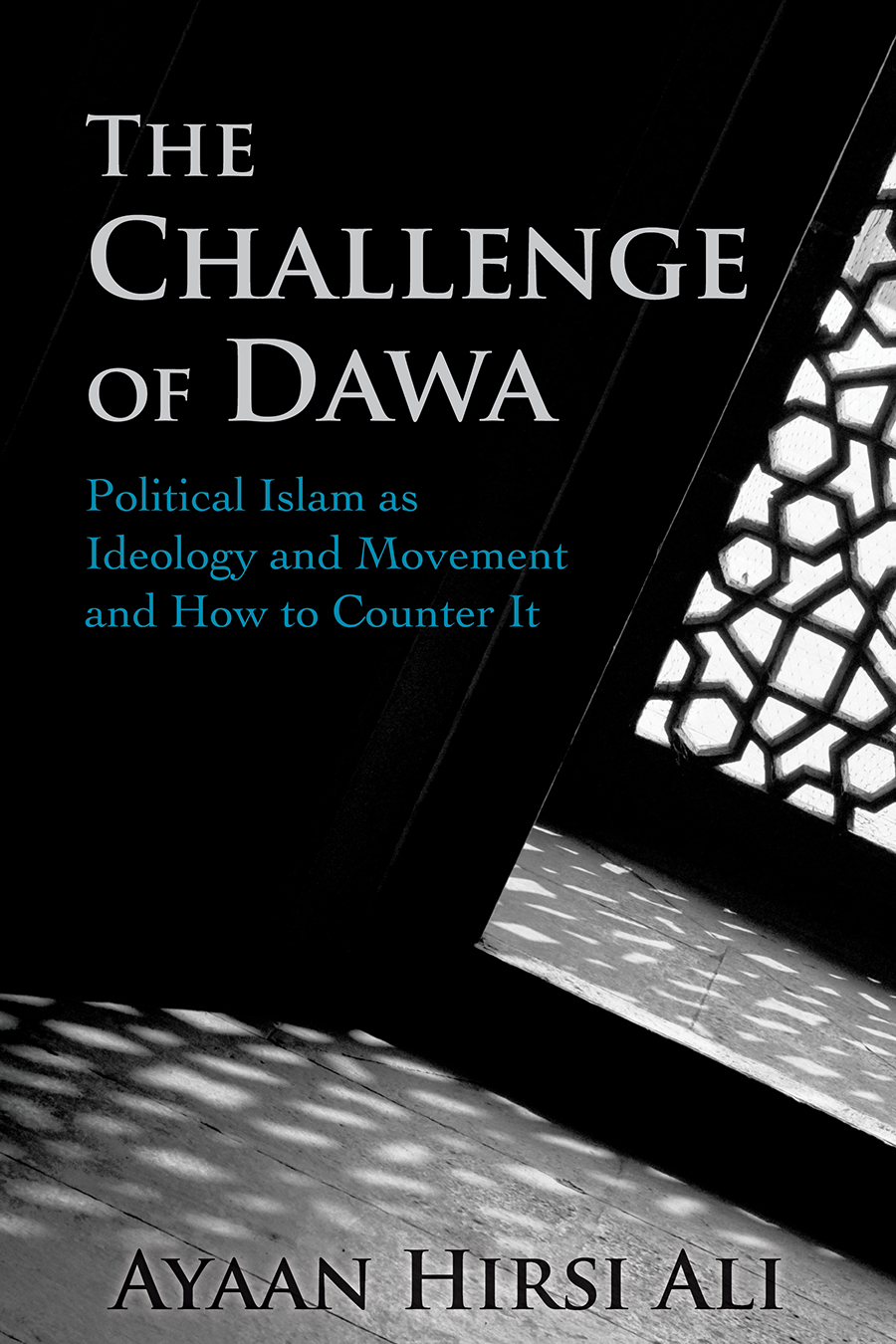
Speaking in Youngstown, Ohio, on August 15, 2016, Republican presidential candidate Donald Trump gave a speech on what he unequivocally referred to as “radical Islam.” He declared:
Nor can we let the hateful ideology of radical Islam—its oppression of women, gays, children, and nonbelievers—be allowed to reside or spread within our own countries . . . [W]-e must use ideological warfare as well. Just as we won the Cold War, in part, by exposing the evils of communism and the virtues of free markets, so too must we take on the ideology of radical Islam. Our administration will be a friend to all moderate Muslim reformers in the Middle East, and will amplify their voices.1
Since Mr. Trump’s election victory and inauguration as president, much attention has been focused on hurried and probably temporary restrictions on refugees, visitors, and immigrants from a number of majority-Muslim countries. Almost no attention has been paid to the broader goals outlined in the Youngstown speech.
I argue that the speech heralded a paradigm shift away from President Obama’s doctrine of focusing solely on the violence committed by “extremists” to a more comprehensive approach that seeks to undermine, degrade, and ultimately defeat political Islam (or Islamism) as an ideology and a movement seeking to infiltrate and undermine our free society.
A narrow focus on Islamist violence had the effect of restricting our options only to tools such as military intervention, electronic surveillance, and the criminal justice system. This approach has proved both costly and ineffective.
Moving beyond the controversy over his executive order on immigration, President Trump now has the chance to broaden our strategy. Instead of “combating violent extremism,” his administration needs to redefine the threat posed by political Islam by recognizing it as an ideology that is fundamentally incompatible with our freedoms and a movement that is working insidiously but effectively to achieve its stated utopia.2
I argue that the American public urgently needs to be educated about both the ideology of political Islam and the organizational infrastructure called dawa that Islamists use to inspire, indoctrinate, recruit, finance, and mobilize those Muslims whom they win over to their cause.
There is no point in denying that this ideology has its foundation in Islamic doctrine.3 However, “Islam,” “Islamism,” and “Muslims” are distinct concepts. Not all Muslims are Islamists, let alone violent, though all Islamists—including those who use violence—are Muslims. I believe the religion of Islam itself is indeed capable of reformation, if only to distinguish it more clearly from the political ideology of Islamism. But that task of reform can only be carried out by Muslims. Happily, there is a growing number of reformist Muslims. Part of the Trump administration’s strategy must be to support and empower them.
The other part of the strategy requires confronting dawa, a term unfamiliar to Americans. Dawa as practiced by radical Islamists employs a wide range of mechanisms to advance their goal of imposing Islamic law (sharia) on society. This includes proselytizing but extends beyond that.4 In Western countries, dawa aims both to convert non-Muslims to political Islam and to instill Islamist views in existing Muslims.5 The ultimate goal of dawa is to destroy the political institutions of a free society and replace them with the rule of sharia law.
Dawa is to the Islamists of today what the “long march through the institutions” was to twentieth-century Marxists. It is subversion from within—the abuse of religious freedom in order to undermine that very freedom. Another analogy is also possible. After Islamists gain power, dawa is to them what Gleichschaltung 6 (synchronization) of all aspects of German state, civil, and social institutions was to the National Socialists.
There are of course differences. The biggest difference is that dawa is rooted in the Islamic practice of attempting to convert non-Muslims to accept the message of Islam. As it is an ostensibly religious missionary activity, proponents of dawa enjoy a much greater protection by the law in free societies than Marxists or fascists did in the past.
Worse, Islamist groups have enjoyed not just protection but at times official sponsorship from government agencies duped into regarding them as representatives of “moderate Muslims” simply because they do not engage in violence.
All this means that the new administration urgently needs to devise an anti-dawa counterstrategy that employs the full range of tools at our disposal.
The purpose of this report is to suggest the basis for a new anti-dawa strategy, designed to check the advance of political Islam as an ideology and a movement.
In the first part, I describe the constitution of political Islam: the foundational principles, terminology, and objectives of Islamist ideology.
In the second part, I analyze the infrastructure of political Islam, in particular the institutions and techniques of dawa.
In the third part, I propose a number of policies that I believe will, if properly implemented, halt the spread of political Islam in the United States and perhaps also abroad.
The report concludes with a series of detailed policy recommendations, grouped under seven headings. These are summarized in the following pages.
2 Jeffrey Bale, “Islamism and Totalitarianism,” in Totalitarian Movements and Political Religions 10, no. 2 (December 17, 2009): 73−96)
3 David Cook, Understanding Jihad (Berkeley, CA: University of California Press, 2015); Patricia Crone, “The Rise of Islam in the World,” in The Cambridge Illustrated History of the Islamic World, ed. Francis Robinson (Cambridge, UK: Cambridge University Press, 1996), 2−31; Patricia Crone, “Traditional Political Thought,” in The Princeton Encyclopedia of Islamic Political Thought, ed. Gerhard Bowering (Princeton, NJ: Princeton University Press, 2013), 554−560; Albrecht Hauser, “Da’wah: Islamic Mission and its Current Implications,” International Bulletin of Missionary Research 36, no. 4 (2012): 189−194.
4 Lorenzo Vidino, “Dawa” and “The Unprecedented Opportunity of Unrestricted Dawa,” in The New Muslim Brotherhood in the West (New York: Columbia University Press, 2010); Marius Canard, “Da’wa” in Encyclopedia of Islam, 2nd ed. (Leiden, Netherlands: Brill, 2007). notes 84 the challenge of dawa
5From Dawa to Jihad: The Various Threats from Radical Islam to the Democratic Legal Order (The Hague: AIVD, Dutch Ministry of the Interior, 2004)
6 Martha King and Jonathan King, “Gleichschaltung” in The Encyclopedia of Political Thought, ed. Michael Gibbons (New York: Wiley-Blackwell, 2014).







